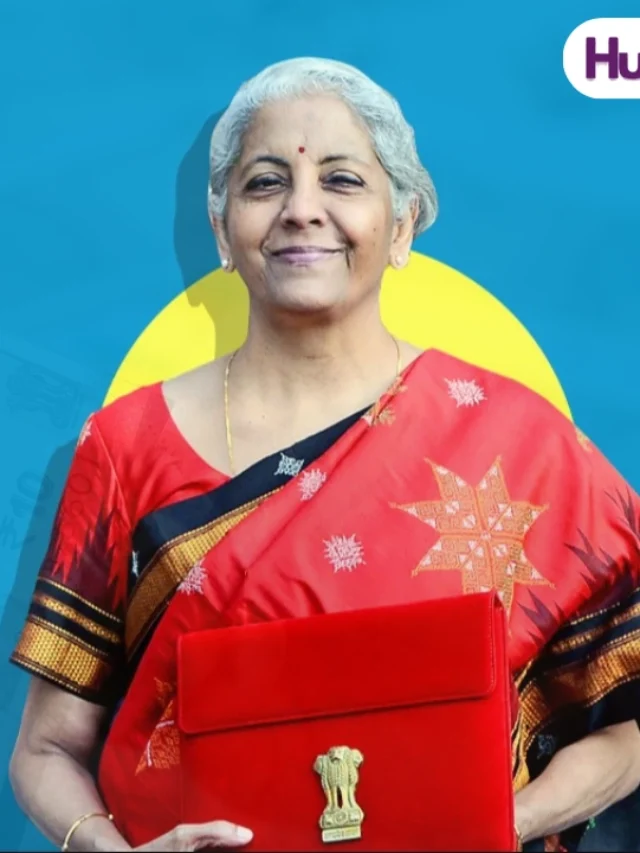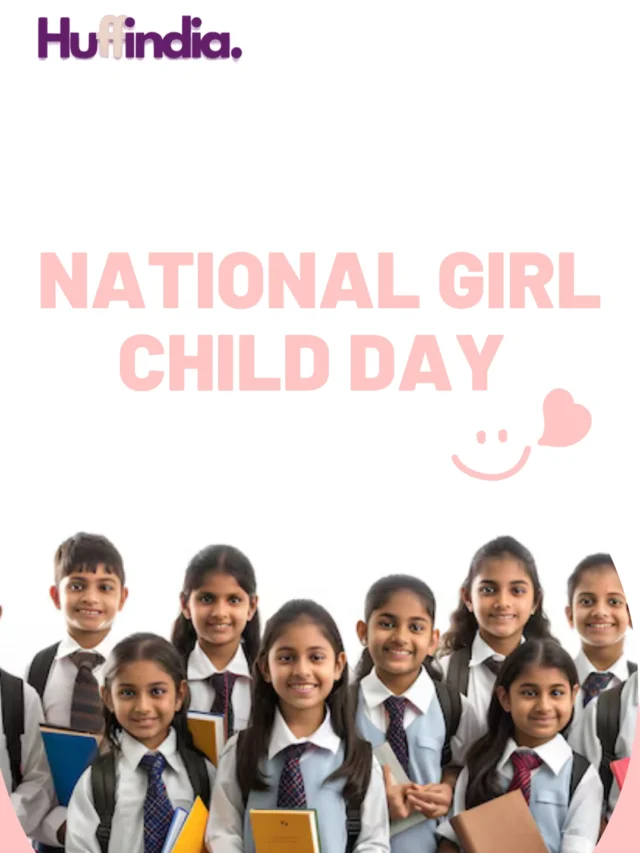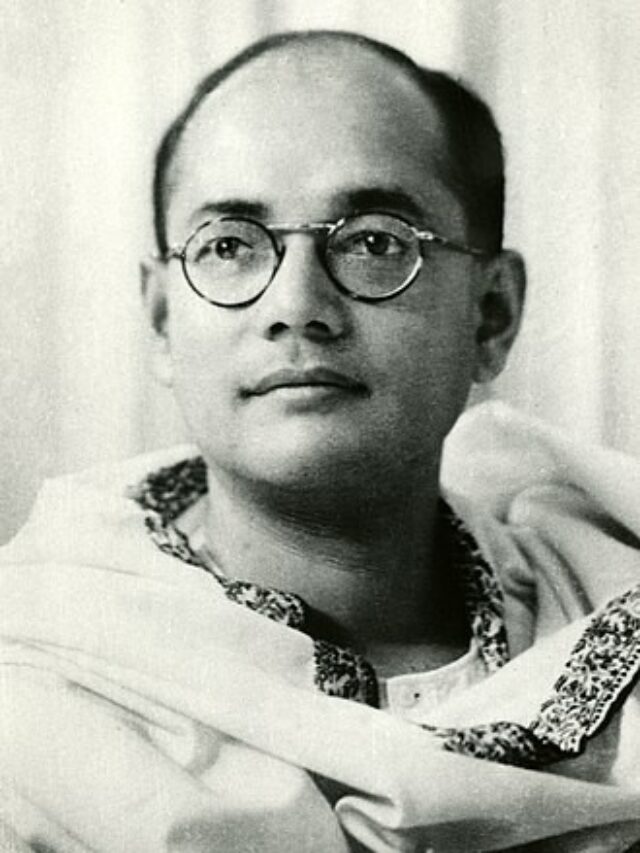New Delhi, September 12 — Prime Minister Narendra Modi today launched ‘Gyan Bharatam’, a landmark digital portal aimed at preserving, digitizing, and promoting India’s vast repository of ancient manuscripts and rare literary treasures. The initiative, developed under the aegis of the Ministry of Culture and the National Mission for Manuscripts, seeks to create a centralized digital library that will make centuries-old knowledge accessible to scholars, researchers, and the general public worldwide.
A Vision for Digital India’s Knowledge Heritage
Launching the portal, PM Modi emphasized that India has been the “land of manuscripts, knowledge, and wisdom traditions” for thousands of years. He noted that the country holds one of the world’s largest collections of manuscripts—covering subjects ranging from philosophy, science, medicine, astronomy, and mathematics to art, architecture, and spirituality.
“Gyan Bharatam will not just be a digital library but a bridge connecting our glorious past with the future generations,” the Prime Minister said during the event. “This initiative will ensure that the wisdom of our ancestors is preserved, studied, and shared across the globe in a modern, accessible form.”
Key Features of the Portal
According to officials, the ‘Gyan Bharatam’ portal will serve as a one-stop digital repository with the following features:
- Digitization of Manuscripts: Over 10 million manuscripts in various Indian languages, including Sanskrit, Pali, Prakrit, Tamil, Persian, and Arabic, will be scanned and uploaded in high-resolution format.
- Multi-Language Interface: The portal will support multiple Indian languages, along with English translations, to make the knowledge universally accessible.
- Searchable Database: Advanced AI-powered tools will allow users to search manuscripts by subject, author, language, or historical period.
- Open Access for Researchers: Scholars and students can register to access rare collections for academic research, ensuring a balance between open access and copyright safeguards.
- Integration with Digital India: The initiative aligns with the government’s broader vision of Digital India, ensuring that heritage and knowledge preservation keeps pace with technological progress.
A Step Towards Global Recognition
India is home to manuscripts housed in temples, libraries, universities, and private collections. Many are fragile, written on palm leaves or birch bark, and vulnerable to decay. The ‘Gyan Bharatam’ initiative is expected to provide global recognition to this priceless cultural heritage.
Experts believe the portal will also boost India’s position as a global hub of traditional knowledge. “This is a game-changer. For the first time, rare works of Indian philosophy, Ayurveda, Vedic mathematics, and astronomy will be systematically catalogued and made digitally available to the world,” said Dr. Shalini Mehta, a senior Indologist at Jawaharlal Nehru University.
Preservation Meets Technology
The project employs modern digitization techniques including 3D imaging, optical character recognition (OCR) for ancient scripts, and cloud-based archiving for long-term storage. Special preservation protocols will ensure fragile manuscripts are handled without damage during the digitization process.
The portal also integrates with existing government initiatives such as the Bharatiya Virtual Heritage Museum and Digital Library of India, ensuring a seamless experience for users interested in India’s cultural and intellectual traditions.
A Bridge to the Youth
The government also announced plans to introduce educational modules, interactive exhibits, and virtual reality experiences on the portal to attract younger audiences. “When students can read the Charaka Samhita on Ayurveda or Aryabhata’s Aryabhatiya in an interactive format, they will feel connected to their roots,” said Culture Minister G. Kishan Reddy.


























